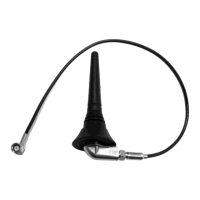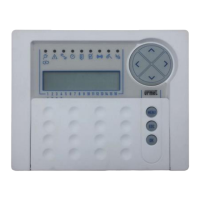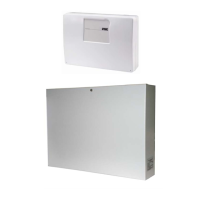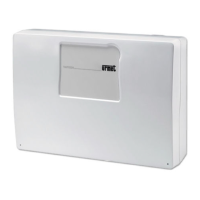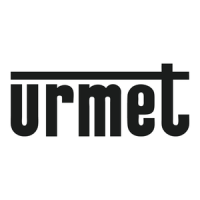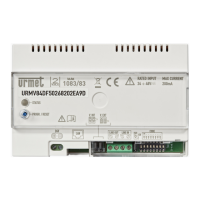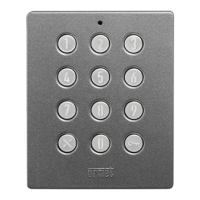What to do if Urmet Domus Receiver displays 'BATT.BASSA EWnn:DCmm EWnn:IRmm EWnn:RCmm EWnn:HPmm EWnn:TSmm'?
- GGregory KingAug 5, 2025
If you see 'BATT.BASSA EWnn:DCmm EWnn:IRmm EWnn:RCmm EWnn:HPmm EWnn:TSmm' on your Urmet Domus Receiver, it means the battery in your radio devices is flat. The solution is to replace the battery.
